These Are the Iconic Design Pieces That Instagram Loves Most
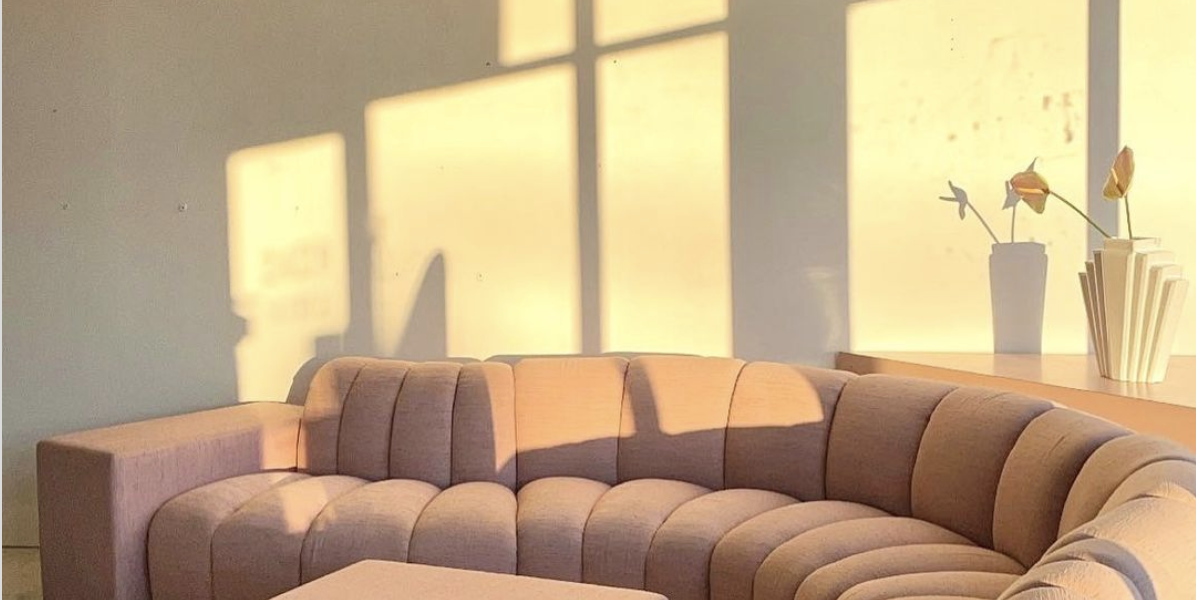
Like high fashion, collectible design can sometimes feel like an impenetrable realm to newcomers or the layperson. But in an era where we're all (for better or worse) spending more time than ever online, Instagram has emerged as a great resource for design education, creating viral status around designs old and new. "I love how Instagram makes things that would normally be obscure more accessible," Devin Gates of @GatesHaus tells House Beautiful.
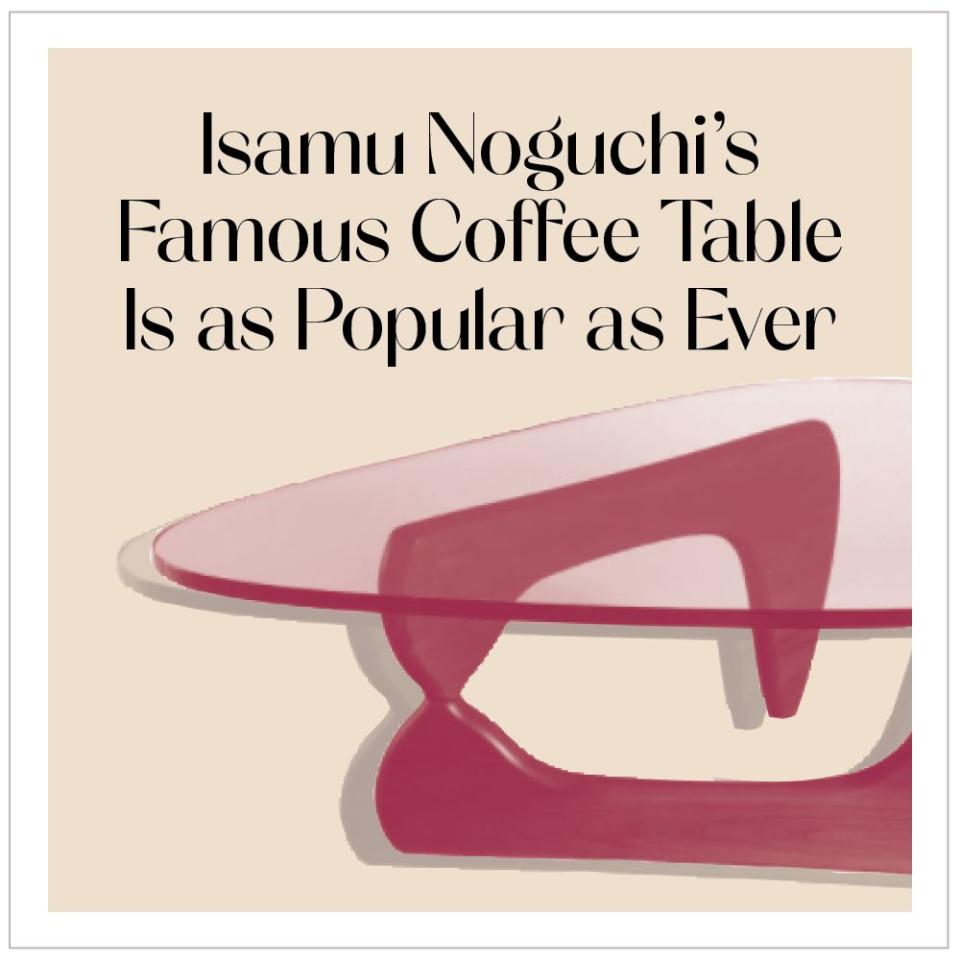
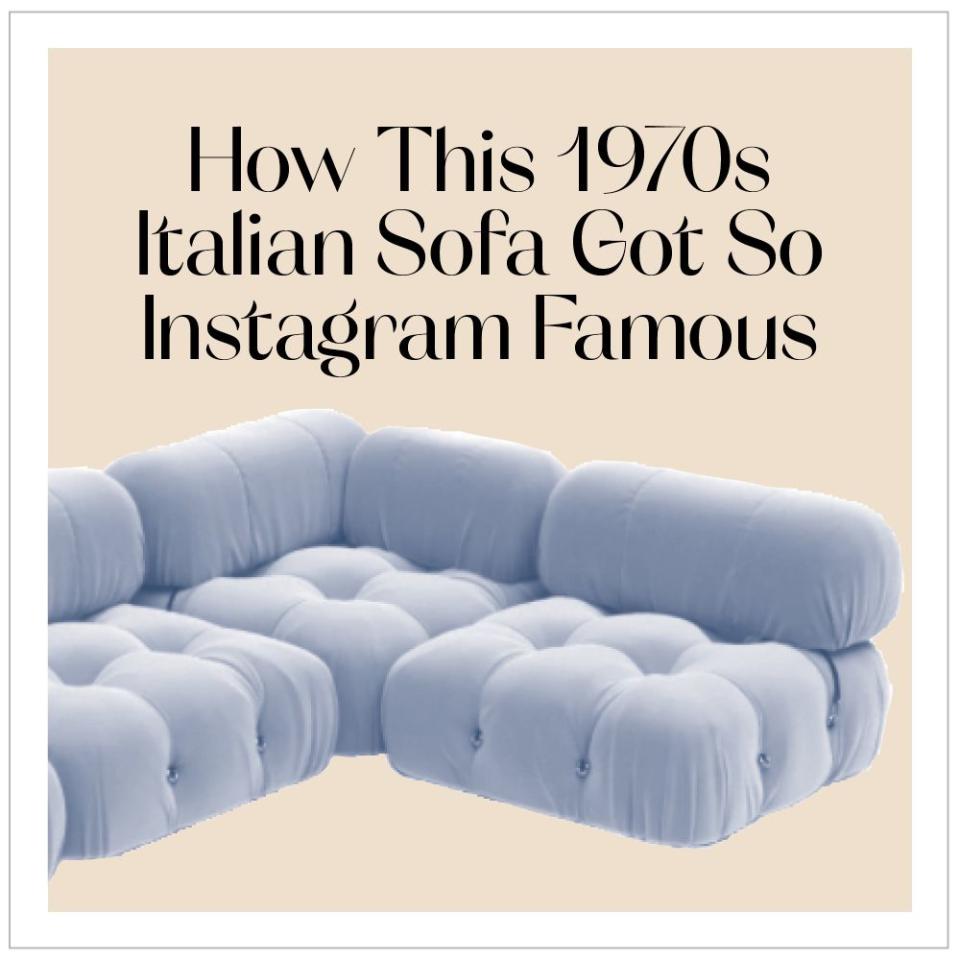
In many cases, Instagram has given a second life to vintage design icons, from midcentury masterpieces like the Noguchi coffee table and Akari paper light sculptures or the Mario Bellini Camaleonda sofa to more classic items, like ornate gilt mirrors and chintz drapes or traditional floral wallpaper prints. Gates says she's noticed a particular demand for merino mushroom lamps, too, and no shortage of them on her Instagram feed: "They're everywhere!" Another one? The Ultrafragola by Ettore Sottsass, "although those are a lot less accessible it's on everybody's mood board right now," she says (including ours).
As these trends ebb and flow, "it definitely changes the value of a lot of pieces, the big one being the Ultrafragola," says Gates. "If you were to look for one like five or six years ago, it would not have been $10,000. The same is true with mushroom lamps: Before they blew up on Instagram people were letting them go for significantly less on sites like eBay. Now they're a lot harder to find, and a lot more people know their value."
As for what's not so popular anymore, "we're starting to see people pull away from mid-century styles that dominated the market forever, and gravitate towards more postmodern styles," Gates notes. She also points out that home trends "don't cycle quite as quickly as fashion. Furniture, for the most part, is a much bigger investment and something you expect to have for years, in some cases even decades to come. It's a little more permanent, and the trends reflect that."
Related: Why Buying Knockoff Furniture is So Problematic
So what does Gates think the next big obsession will—or should—be? "One piece that I love, and never see anywhere, is the Anfibio Sofa by Alessandro Becchi for Giovannetti," she says. "It's the coolest '70s chunky sofa that can be completely unfolded to create a bed that's lined in shearling."
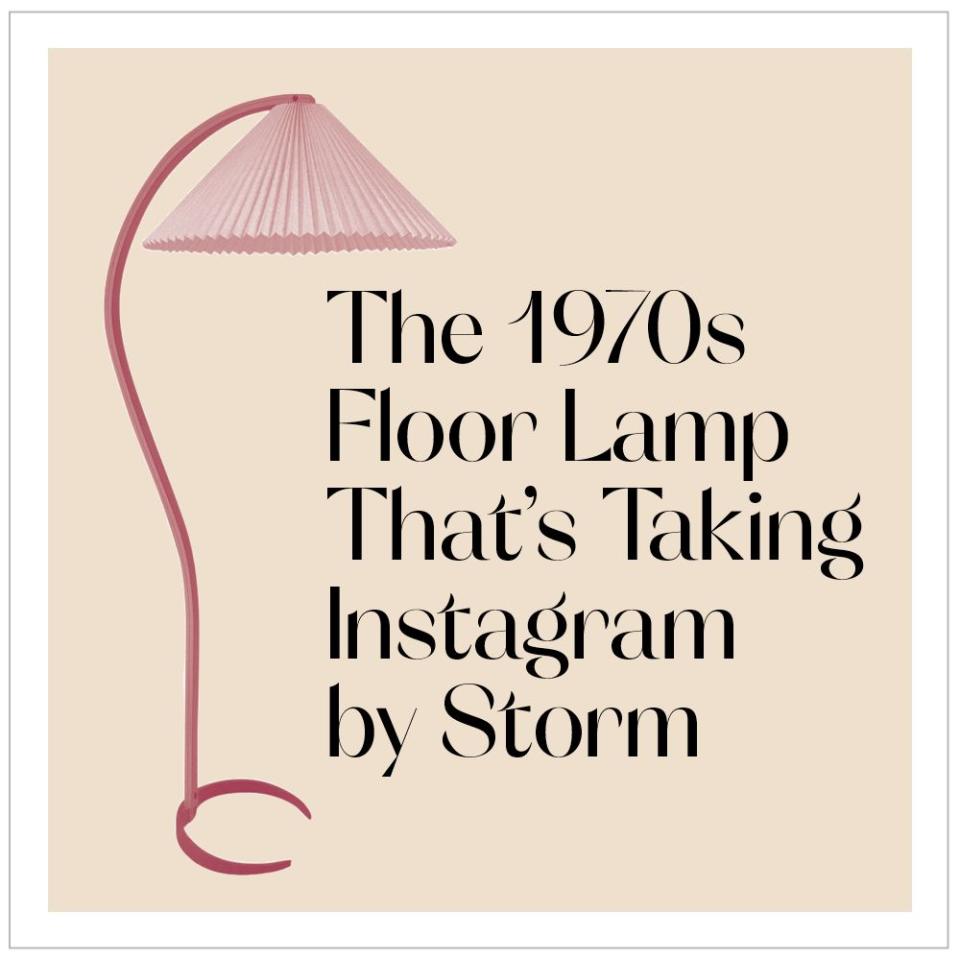
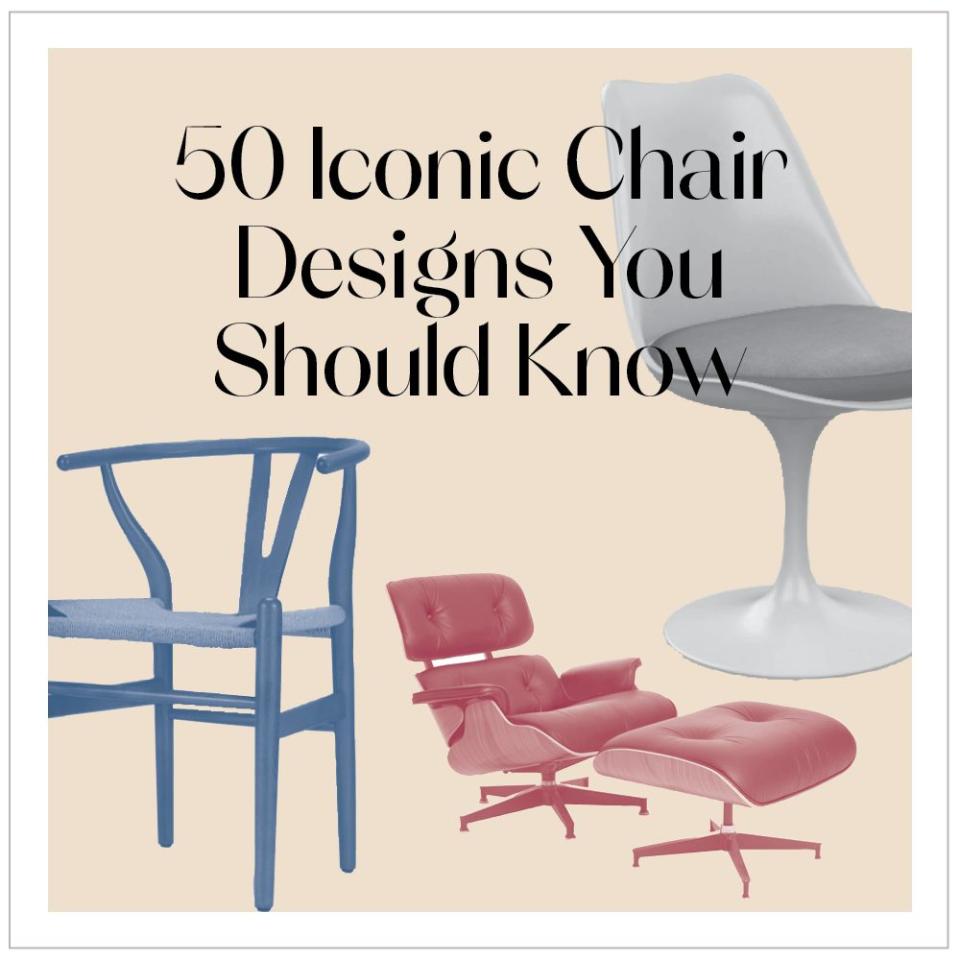
Social media also gives a second life to other facets of the design world, like magazines (long live print!). For example, Gates follows several Instagrammers who scan images from the pages of their personal magazine archives, a fun dynamism between new-age digital media and its forefather, print. "It makes a lot of amazing images that most people wouldn't know about, or would've gotten lost over time accessible to anyone on the internet," says Gates. When crediting is done properly, it's an amazing resource for design education.
Her favorites include @kimcoolmon and @the_80s_interior, both of which have incredible archives. "As far as education, @fetishpriest is my absolute favorite. I've learned about so many artists and designers I really admire from following Aaran's page. Along with the collection he curates for sale, and the presentation of his page is sure to captivate anyone who follows,"she says.
The key with accounts like these is the context; on the other hand, the ease of posting an image from the obscure depths of the Internet can make certain pieces feel history-less. This decontextualization comes at the expense of the piece's history, a disservice, obviously to the original designer and manufacturer, but also to those of us interested in learning more. Similarly, Instagram and social media, in general, make it easier for larger corporations and copycats to easily spot and track trends to then capitalize on them by recreating artisanal, small-batch pieces at a much lower price point.

And because social media creates such an accelerated trend cycle, it can feel impossible to keep up with what's "cool," and, more importantly, what's actually worth investing in. Not to mention, this pace presents a plethora of ethical issues, from the waste fast fashion generates to the unregulated labor conditions often involved, and intellectual property right conundrums. Within the context of interior design, where function and longevity is of utmost importance, comfort is key, and you aren't constantly changing everything, a discerning eye (or thumb) comes in handy.
But, if done right, Instagram provides another platform for learning aboutshopping vintage, which is both a great way to support local businesses and dealers while also sourcing furniture and decor in a much more sustainable new, and discovering up-and-coming sellers on Instagram is a great way to do so. "Buying vintage enables people to really express themselves in their homes. It's not a generic thing that anyone can buy, it's something unique that you found from an individual seller via Instagram, their website, etc. Things like couches, credenzas, dressers, the right one can add so much personality to space," Gates elaborates.
Follow House Beautiful on Instagram.
You Might Also Like

